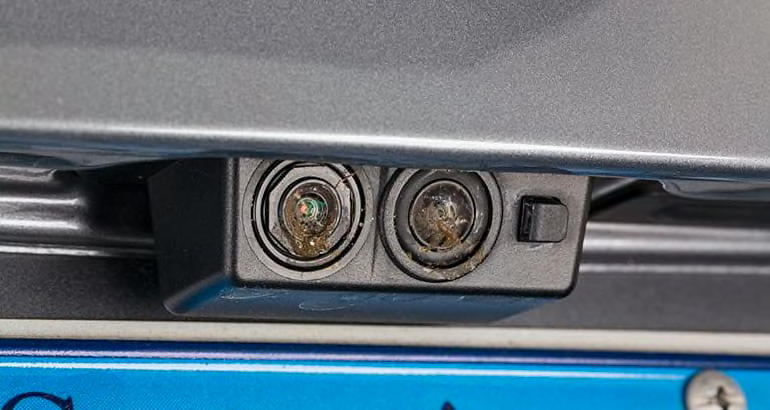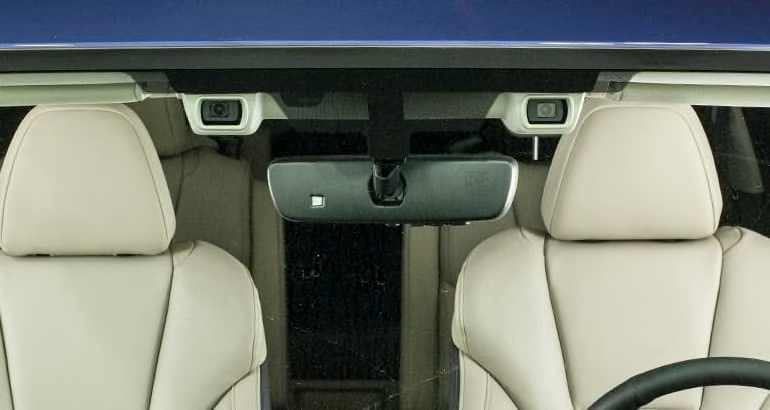
The same grime, snow, and ice that dirty your car's windows can render its advanced safety and driver-assist systems useless simply by covering up sensors and cameras.
That's why a number of companies are racing to develop ways to let the sensors clean themselves.
Advanced safety and driver-assist features can make traveling less dangerous and more convenient, but they all rely on car sensors—cameras, radar, and other equipment—to work correctly.
When those are obscured or blocked completely, drivers are left in a potential crash situation—when these systems are most valuable—without the help they need and expect.
Our Consumer Reports autos test staff has seen this happen often with our cars throughout the year, from backup cameras blocked by raindrops to adaptive cruise-control systems shut down by built-up ice.
"The fact that dirty car sensors or inclement weather can obstruct these systems' view is another reason that we need to remain attentive and engaged in our driving tasks," says Jennifer Stockburger, director of operations at CR's Auto Test Center. "They're intended to help, not replace, the driver."

State of the Industry
Currently, cleaning the car sensors and cameras on most vehicles is a manual process. There are a few cars, including models from Ford and General Motors, that have devices to wash the front and/or rearview cameras that are used in 360-degree views. These are similar to the dedicated sprayers and wipers that keep headlights clean on some luxury cars.
But no vehicles on the road today have the ability to remove dirt or ice from a grille or fender, where radar units are often stashed.
The best that the majority of drivers can hope for today is a warning if the sensors aren't working, whether that's an icon that lights up or a message flashed by the gauges, according to Shawn Sinclair, automotive engineer and ADAS tester at CR.
Some manufacturers have moved their sensors to avoid this problem.
"All of the Pilot Assist technology [camera and radar] is contained in a pod between the windshield and rearview mirror within the wiper sweep," says Volvo spokesman Russell Datz. "This ensures a clear view of the road at all times."
Nissan has taken a similar approach. "The front camera on ProPilot Assist is behind the windshield and in the wiper path, so no special cleaning is required," says spokesman Steven Oldham.
Still, even that location isn't foolproof. "While systems behind the windshield are in a good location, they still aren't a match for Mother Nature," Sinclair said. "Ice buildup can impact camera and radar systems if the wiper isn't able to clear it off."
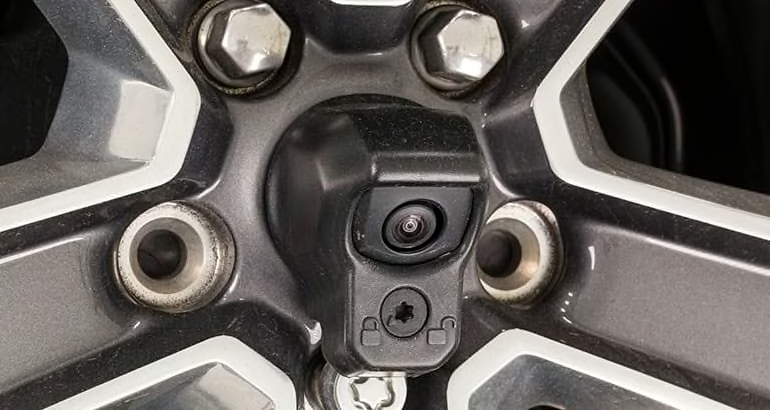
Diane Lansinger, founder and CEO of Seeva Technologies, which is developing systems to help vehicles "see" better, says, "In cars that have ADAS with cameras and lidar [a light-based radar system], we're starting to see some vehicles with backup camera washer fluid jets. Beyond that, there is no way to keep them clean short of the driver cleaning the surfaces."
But "if you wipe a lens with a rag, it degrades the surface and you may have trouble with the camera down the road," Lansinger adds.
This is primarily a problem with camera-based systems, which need a clear field of vision to operate.
Radar-based systems are less susceptible to obstructions, says Tammy Meehan, the global business development manager for automotive sensor solutions at 3M.
"Protecting the radar unit is currently less of an issue because it is placed or located behind a bumper or grille," she says. "It isn't as exposed to rain or dirt."
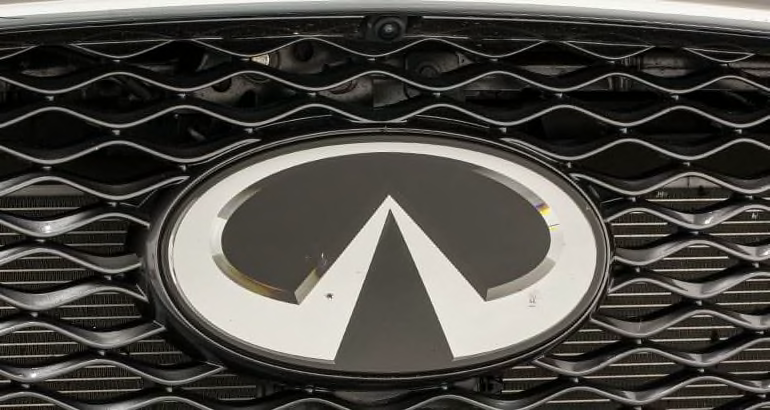
More Solutions Coming
The growing use of advanced safety features means that more drivers will need help keeping their car sensors clean, and soon.
"More and more people are becoming aware of ADAS systems," says Kathryn Blackwell, vice president of communications and marketing at automotive supplier Continental Corp. People "used to see it only on the most expensive cars. Now it's available on Hyundais and Kias."
The company is testing systems that will consistently and automatically clean the sensors, says Don James, D.B.A., a vice president at Continental.
"We can see these on vehicles within the next four to six years, generally speaking," James says. "In 2021-2023 we can see some of these systems becoming available where it can be optional."
But the first steps toward automation in this field will be basic. "The systems today are very simple, really just a dedicated nozzle to clean the sensors," James says.
Continental is developing a system that will initially use fluid to clean the surface of the 360-degree cameras used in future systems—forward, side, rear, and rooftop ones. An integrated nozzle housing will spray the surface with fluid to clean it.
That won't solve everything; moisture can collect on the camera lens. Shawn Griffin, who works on washer systems at Continental, says, "The number of cameras needed for future autonomous vehicles—as many as 12 to 14—means that fluid consumption will be a concern." If that fluid demand gets to be too big, he says, automakers might try to use compressed air, another effective way to clean a lens.
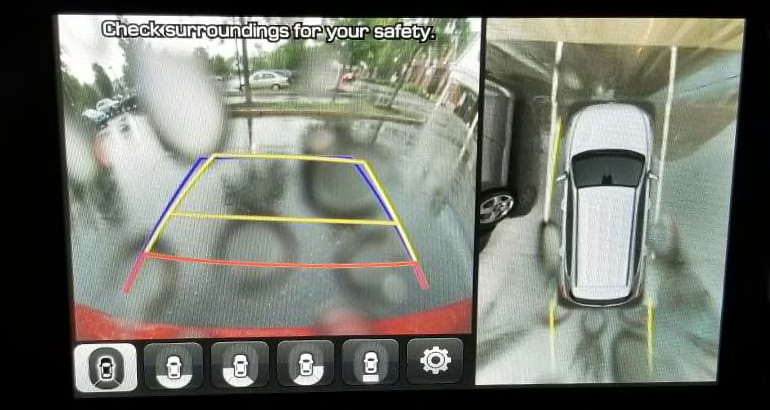
Seeva has developed a product that uses heat from the engine to warm washer fluid to better clear windshields. While this isn't currently designed to clean sensors, "it will be core technology for future ADAS cleaning," Lansinger says.
Next-generation systems will "get to the point where a vehicle can maintain and observe its sensors and determine if they are dirty, and then Seeva's system in development will clean them in fractions of seconds," she says.
3M is taking a different approach, by using a transparent, adhesive film over the car sensors.
"We can provide a film that protects the sensor and makes it easier to keep the sensor clean and operate properly in more conditions," Meehan says.
Top Car-Washing Strategies
Washing a car is pretty straightforward, right? On the "Consumer 101" TV show, Consumer Reports expert Jen Stockburger reveals the top tips for keeping your ride sparkling clean.
















